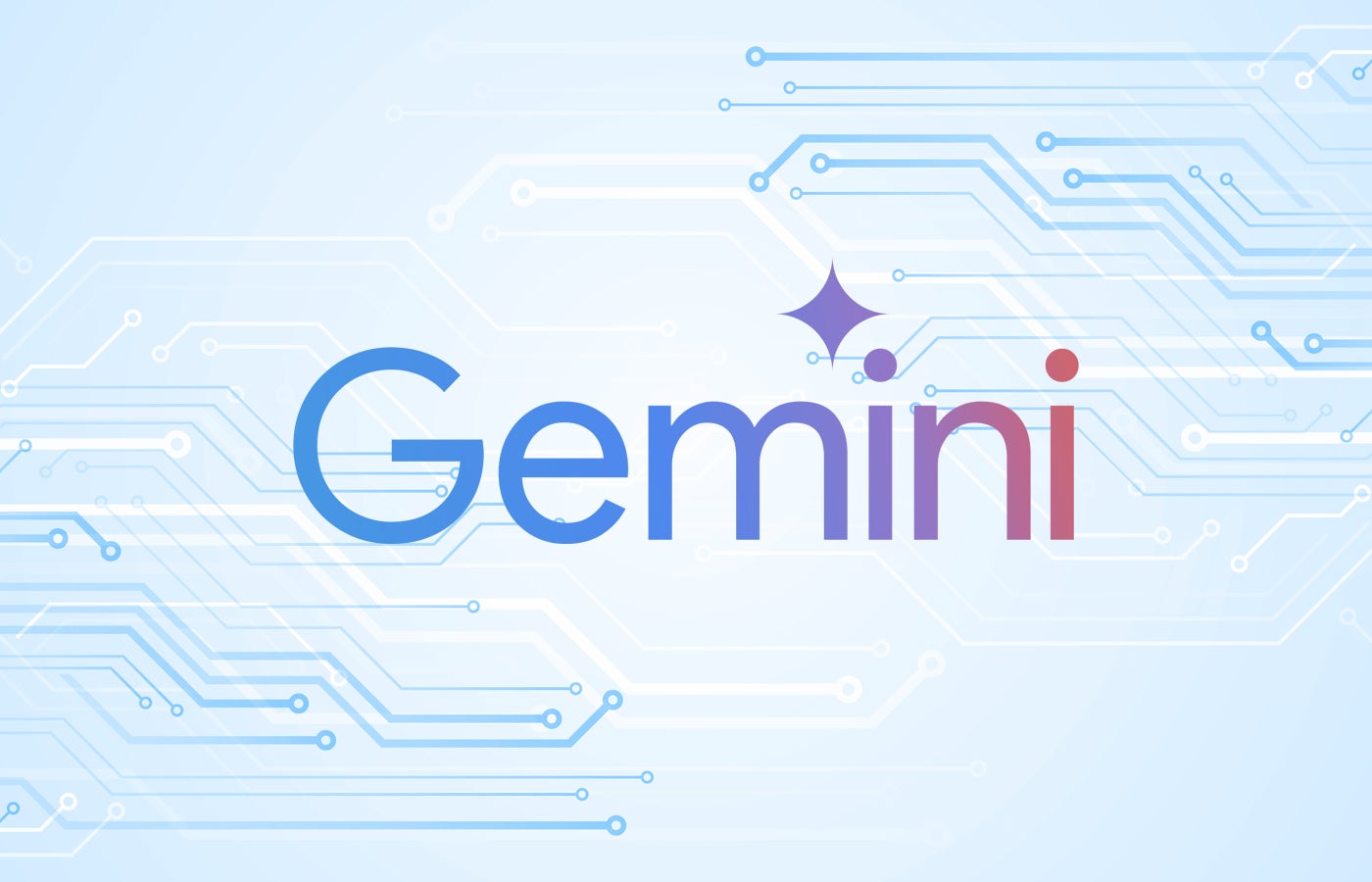Generative AI is more fashionable than ever.
This year, AI research received Nobel Prizes and the world's largest technology companies injected AI into as many products as possible. The US government promoted AI as an engine for creating a clean energy economy and a strategic pillar for federal spending. But what's next for 2025?
The trend of generative AI in the final months of 2024 points to a greater push for adoption by technology companies. Meanwhile, results on whether AI products and processes generate a return on investment for enterprise software buyers are mixed. While it is difficult to foresee how AI will continue to shape the tech industry, experts have offered predictions based on current trends.
Respondents in a September IEEE study ranked AI as one of the top three technology areas that will be most critical in 2025 in 58% of cases. In contrast, nearly all respondents (91%) agree that 2025 will see “a generative AI reckoning” on what the technology can or should do. Expectations for generative AI are high, but the success of projects that leverage it remains uncertain.
1. AI agents will be the next buzzword
According to my research and observations, the use of AI agents will increase by 2025.
AI agents are semi-autonomous generative AI that can chain together or interact with applications to carry out instructions in an unstructured environment. For example, Salesforce uses AI agents to call potential customers. As with generative AI, the definition of an agent's capabilities is unclear. IBM defines it as an AI that can reason through complex problems, like OpenAI o1. However, not all products billed as AI agents can reason that way.
Regardless of their capabilities, AI agents and their use cases will likely be at the forefront of generative AI marketing in 2025. AI “agents” could be the next stage of evolution for this year’s AI “copilots” . AI agents could spend time performing multi-stage jobs independently while their human counterpart handles another task.
2. AI will help and hurt security teams
Cybersecurity attackers and defenders alike will continue to leverage AI in 2025. 2024 has already seen the proliferation of generative AI security products. These products can write code, detect threats, answer thorny questions, or serve as a “rubber duck” for brainstorming.
But generative AI can present inaccurate information. Security professionals can spend as much time verifying the results as if they had performed the work themselves. Failure to review such information can lead to broken code and even more security issues.
“As AI tools like ChatGPT and Google Gemini become deeply integrated into business operations, the risk of accidental data exposure skyrockets with new challenges to data privacy,” said Jeremy Fuchs, cybersecurity evangelist. of Check Point Software Technologies, in an email to TechRepublic. “In 2025, organizations must act quickly to implement strict controls and governance over the use of AI, ensuring that the benefits of these technologies do not come at the expense of data privacy and security.”
Generative AI models are susceptible to malicious actors like any other software, particularly through jailbreak attacks.
“The growing role of AI in cybercrime is undeniable,” Fuchs explained. “By 2025, AI will not only improve the scale of attacks but also their sophistication. “Phishing attacks will be harder to detect as AI continually learns and adapts.”
Generative AI can make conventional methods for identifying phishing emails (poor grammar or unexpected messages) obsolete. Disinformation safety will become more important as AI-generated video, audio, and text proliferate. As a result, security teams must adapt to both using and defending against generative AI, just as they have adapted to other major changes in enterprise technology, such as large-scale migration to the cloud.
3. Companies will evaluate whether AI generates return on investment
“The pendulum has swung from 'new AI innovation at any cost' to a resounding imperative to demonstrate ROI in boardrooms around the world,” Uzi Dvir, global CIO of the company, said in an email. digital adoption platform company WalkMe. “Likewise, employees are wondering whether it's worth the time and effort to figure out how to use these new technologies for their specific roles.”
Organizations are struggling to determine whether generative AI adds value and in which use cases it can make the biggest difference. Organizations that adopt AI often face high costs and unclear objectives. It can be difficult to quantify the benefits of using generative AI, where those benefits manifest, and what to compare them to.
This challenge is a side effect of integrating generative AI into many other applications. This has some decision makers wondering whether generative AI add-ons really increase the value of those applications. Layers of AI can be expensive, and over the next year, more companies are expected to rigorously test (and sometimes discard) features that don't work.
Many companies that are incorporating generative AI at scale are finding success. In its third-quarter earnings call, Google attributed this result to its artificial intelligence infrastructure and products like AI Overviews. However, Meta reported that AI can significantly increase capital expenditures, even as the number of users decreases.
SEE: Google Cloud previews its sixth generation of Trillium AI accelerator.
4. AI will have a great impact on scientific research
In addition to affecting business productivity, contemporary AI has seen significant movement in science.
Four of the 2024 Nobel Prize winners used AI:
- Demis Hassabis and John Jumper of Google DeepMind won the Nobel Prize in Chemistry for predicting protein structure with AlphaFold2.
- John J. Hopfield and Geoffrey Hinton won the Nobel Prize in Physics for their decades-long work developing neural networks.
The White House held a summit on October 31 and November 1 on the use of AI in the life sciences, highlighting how AI enables solutions to complex challenges in ways that impact the world. This trend is likely to continue next year as generative AI models grow and mature.
5. Environmental tools created with AI will not offset your energy cost
Energy efficiency is another AI buzzword.
But for every use case where AI can help predict weather patterns or optimize energy use, there's another story about the environmental cost of building the data centers needed to run generative AI. This construction requires enormous amounts of electricity and water, and rising global temperatures only exacerbate the problem. It is unlikely that a balance will be reached on this large-scale problem.
However, in the case of companies, expect to see companies promoting dubious and genuine claims about energy savings and environmental friendliness around AI. Consider the resource usage associated with your organization's AI strategy.
What are the most popular generative AI products?
The best-known generative AI products are:
- ChatGPT, the OpenAI chatbot
- Google Gemini
- Microsoft Copilot
- GPT-4, the great language model behind ChatGPT
- DALL-E 3, an image generator
What is the most advanced generative AI?
Several tests have been proposed as potential criteria for determining the most advanced generative AI. Some organizations rate their models based on human educational benchmarks, such as the International Mathematics Olympiad or Codeforce competitions.
Other assessments, such as the Massive Multitasking Language Comprehension Measurement, were explicitly created for generative AI. Google's Gemini Ultra, China Mobile's Jiutian and OpenAI's GPT-4o are at the top of the MMLU rankings today.











